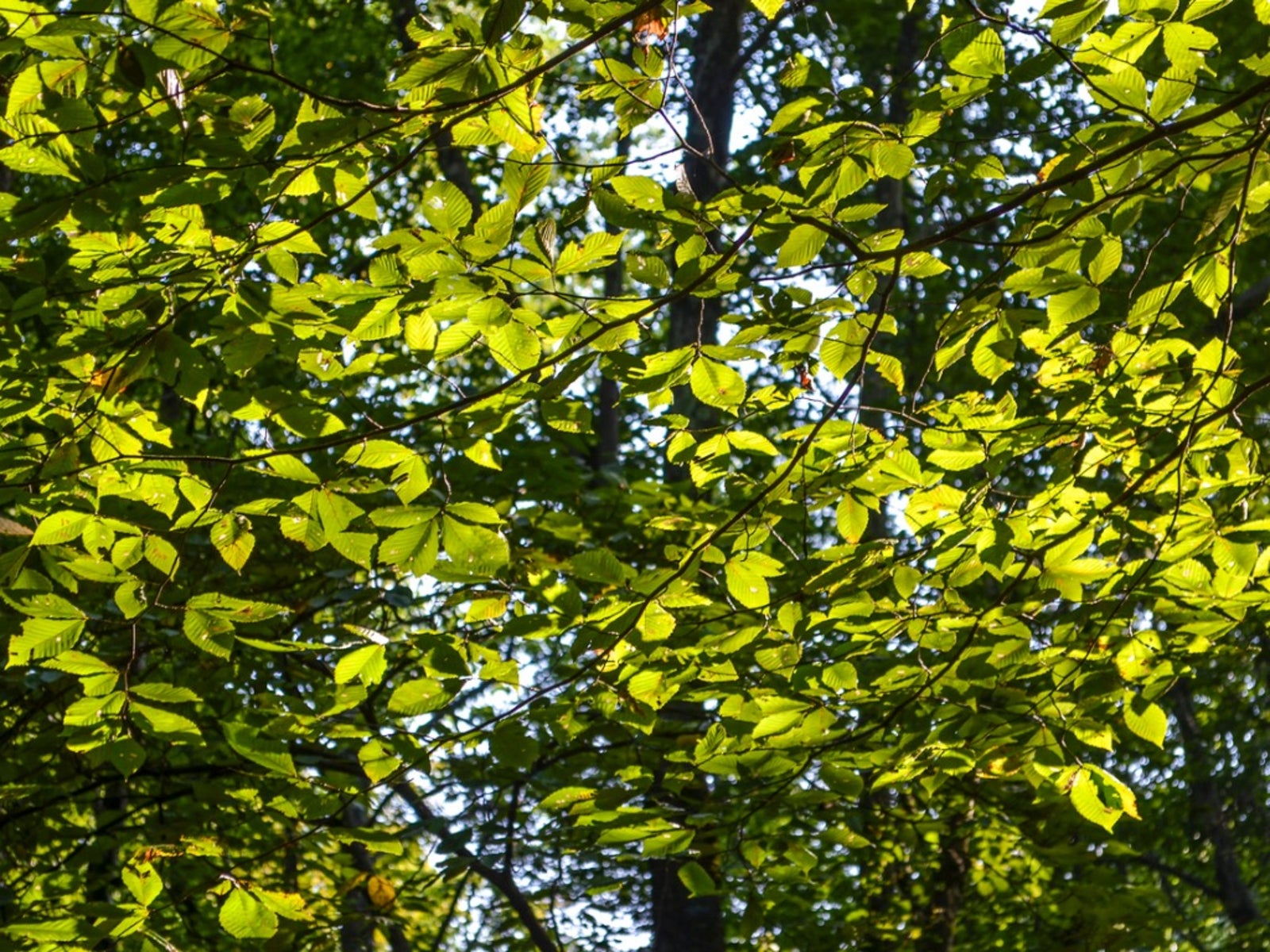Slippery Elm Information: Tips On Using And Growing Slippery Elm Trees


When you hear about a tree called slippery elm, you might ask: What is a slippery elm tree? Slippery elm information describes the tree as a tall, graceful native. Its inner bark contains mucilage, a substance that becomes slick and slippery when mixed with water, hence the name. Slippery elm has been used in herbal medicine in the U.S. for centuries. Read on for information about growing slippery elm trees and slippery elm herb uses.
What is a Slippery Elm Tree?
The scientific name for slippery elm is Ulmus rubra, but it’s generally called red elm or slippery elm. So exactly what is a slippery elm tree? It’s a tall tree indigenous to this continent with lovely arching branches. These elms can live for 200 years. The winter buds of slippery elms appear fuzzy, as they are covered with red-brown hairs. The flowers appear in spring before the leaves, each bearing at least five stamens. When the leaves appear, they are thick and stiff. The tree’s fruit is a flat samara, containing one seed only. However, the defining element of this elm is its slippery inner bark. It is this bark that is featured in slippery elm herb uses.
Slippery Elm Benefits
If you are wondering about slippery elm benefits, most of them involve the inner bark of the tree. The first known use of slippery elm bark was by Native Americans as material for home building, cordage, and creating storage baskets. However, its best known use involved scraping the inner bark of the tree to use for medicine. This medicine was used for many things – to treat swollen glands, as an eye wash for sore eyes, and poultices to heal sores. The inner bark was also made into a tea and ingested as a laxative or to ease childbirth pain. Slippery elm herb uses continue today. You’ll find slippery elm based medicine in health food stores. It is suggested as a helpful medicine for sore throats.
Growing Slippery Elm Trees
If you want to start growing slippery elm trees, it isn’t very difficult. Gather slippery elm samaras in spring when they are ripe. You can knock them from branches or sweep them from the ground. The next step toward growing slippery elm trees is to air-dry the seeds for several days, then sow them. Don’t bother to remove the wings since you might damage them. Alternatively, you can stratify them at 41 degrees F. (5 C.) for 60 to 90 days in a moist medium before planting. Transplant the seedlings into larger containers when they are several inches (8 cm.) tall. You can also transplant them directly into your garden. Pick a site with moist, rich soil. Disclaimer: The content of this article is for educational and gardening purposes only. Before using ANY herb or plant for medicinal purposes, please consult a physician or a medical herbalist for advice.
Sign up for the Gardening Know How newsletter today and receive a free copy of our e-book "How to Grow Delicious Tomatoes".

Teo Spengler is a master gardener and a docent at the San Francisco Botanical Garden, where she hosts public tours. She has studied horticulture and written about nature, trees, plants, and gardening for more than two decades, following a career as an attorney and legal writer. Her extended family includes some 30 houseplants and hundreds of outdoor plants, including 250 trees, which are her main passion. Spengler currently splits her life between San Francisco and the French Basque Country, though she was raised in Alaska, giving her experience of gardening in a range of climates.